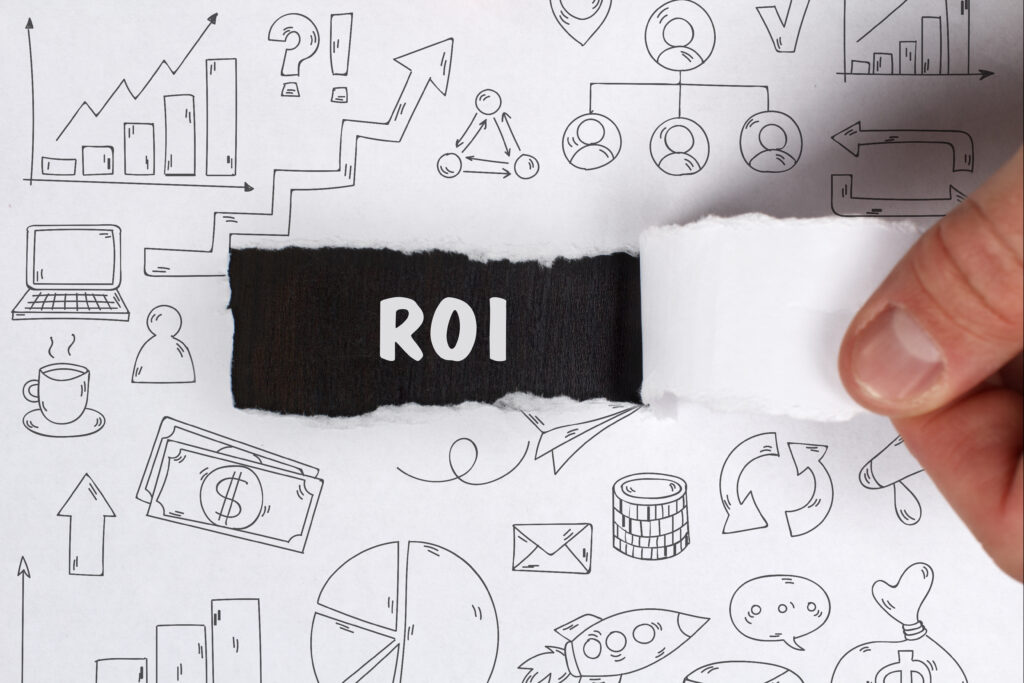



Digital PR is nothing new. It’s been a part of branding and communication strategies ever since organisations have had an online presence. But what is it?
Fundamentally, digital PR is a strategy that uses online channels to increase the visibility and positive awareness of a brand. Digital PR campaigns can include a range of tactics including social media, SEO, content marketing, influencer and experiential marketing, traditional PR, branding and communications that are designed to achieve those objectives.
In this blog we take a deep dive into digital PR, how it differs from traditional PR, and explore some ways that you can harness it for growth in 2025.
WHAT IS THE DIFFERENCE BETWEEN TRADITIONAL PR AND DIGITAL PR?
Traditional PR tends to focus on channels and outlets such as TV, radio and print to secure coverage. It may also include other in-person tactics such as press conferences, product launches and events.
On the other hand, digital PR may include many of the same tactics and has the same ultimate objective, but it focuses on securing coverage via digital channels such as websites, video and image content, social media and more. It often has a strong SEO and content marketing element as well, creating valuable content with a unique hook that drives keyword visibility, backlinks and Organic Search traffic. It also aims to build awareness and trust in a brand, building customer loyalty and recognition.
In reality though, there’s a significant crossover between traditional and digital PR, with each supporting and helping to drive the other.
WHAT ARE THE BENEFITS OF DIGITAL PR?
Well-planned and executed digital PR campaigns can bring a huge range of benefits, especially as part of a wider digital marketing strategy. These include:
- Increased brand awareness and loyalty. The ability to target the right customers with the right content via digital PR is second to none and helps foster brand loyalty.
- Improved authority, credibility and trust. Digital PR allows you to build credibility and authority within your industry, while social proof from improved brand loyalty increases trust.
- Online visibility. By growing your presence across digital channels, you’ll increase visibility in organic search, social media, video and more.
- Increased Organic Search traffic. Increased visibility invariably leads to more clicks and organic search traffic for your website, Google business page and social profiles. Backlinks secured from coverage also help to improve a website’s SEO.
- More revenue. Increasing visibility, credibility and trust all contribute to business growth in the form of revenue and/or leads.
- Measurable results and insights. By its very nature, digital PR is highly measurable so you can track ROI, understand what does and doesn’t work, and adapt future PR campaigns accordingly.
HOW TO INCORPORATE DIGITAL PR INTO YOUR DIGITAL MARKETING STRATEGY
Digital PR forms part of an overall digital marketing strategy that can include SEO, PPC, social media and influencer marketing, email, offline advertising and more. If you already have clear business and marketing objectives in place, digital PR should just slot right in.
These could include:
- Increase revenue or leads
- Increase organic traffic
- Increase brand visibility and mentions
- Improve customer retention
With these in mind, you can then work backwards to develop your digital PR strategy. Begin with your audience. Who are they? Where do they spend their time online? Who do they interact with? What do they need to see, read or hear to convince them to visit your site and/or convert?
Likewise, what is the message you’re trying to communicate or the product you want to push?
Creating audience profiles can be a great way to collate this data and ensure that all members of the team are aligned on who to target. Once this is in place, you can brainstorm how you’ll go about it, devise the story and the hook, and plan the content you’ll need to create.
It’s also a good idea at this point to compile a list of publications and journalists/authors who you will target. Reaching out to them beforehand to gauge their interest can also help guide your story and ensure you give them what they and their readers will want.
PROVEN PR TACTICS THAT WORK
PR professionals use a range of tactics to get their message out. These include:
- Data-driven surveys: Conducting thorough and robust surveys with members of the general public will give you plenty of proprietary data you can use to create narratives and stories.
- Creative campaigns: Large, memorable and sometimes groundbreaking, creative campaigns let you communicate your brand’s values and messaging around a story. Famous examples include Apple’s Think Different campaign which relaunched the company in 1997, Dove’s Real Women in 2003, and Reebok’s Belly’s Gonna Get Ya in 2000.
- Newsjacking: Businesses can jump on current trends and events to join the conversation and get their message heard.
- Expert commentary & analysis: From interiors to aerospace, brands and businesses often produce expert commentary and analysis within their field to demonstrate knowledge and generate media coverage.
- Product PR: PR campaigns around the launches of new products or services highlight the benefits to the end user and demonstrate how a problem (they may not even know they have) is solved.
- Social media: Social media can tie into wider PR campaigns to generate buzz and spread the message.
DIGITAL PR MEASUREMENT
As we’ve mentioned, the measurability of digital PR is one of its major benefits. When you decide your objectives and targets, you also need to determine how they will be measured. Reliable digital PR metrics include:
- Organic Search visibility & rankings
- Organic Search impressions
- Organic Search traffic
- Revenue and website leads
- Brand mentions
- Social interactions
- Backlinks
- Reach
THE CHANGING LANDSCAPE OF DIGITAL PR
Like all digital media, digital PR is constantly evolving and adapting to changing attitudes, user behaviour and business goals. Even 10 years ago, digital PR focused primarily on securing coverage in relevant publications and blogs.
But nowadays, people are consuming their media completely differently. Short-form videos via TikTok and Instagram reels are one of the main ways in which Gen Z consumer their information. Similarly, authenticity and shared values are incredibly important for today’s consumers. Audiences can see through fake stories or attempts to sports-, green- or pink-wash companies and organisations.
DEI (Diversity, Equality & Inclusion), sustainability and ethical values are essential, and influencers can be more effective at communicating a message than ‘traditional’ media, even if that media does so via the same channels.
The rise of AI is also shifting the landscape. When anybody can create content via ChatGPT, Gemini or others, audiences look to people they trust. Similarly, Google now uses AI results in the SERPS, further pushing down real brands and authors to keep users within the Google platform to be shown ads.
It’s essential that brands work with digital PR experts who have the expertise and contacts to create digital PR campaigns that are authentic, trustworthy and deliver results. Embracing new technology, harnessing the power of data and creating engaging, real stories will continue to put brands in front of the right people who are receptive to their message.
Contact us today to find out how we can put our years of traditional and digital PR experience into action for your brand.
SAY HELLO
We’d love to have a chat about your business, and how our expert digital and PR services can help. Now you know our name, it’s time that everyone knew yours.


